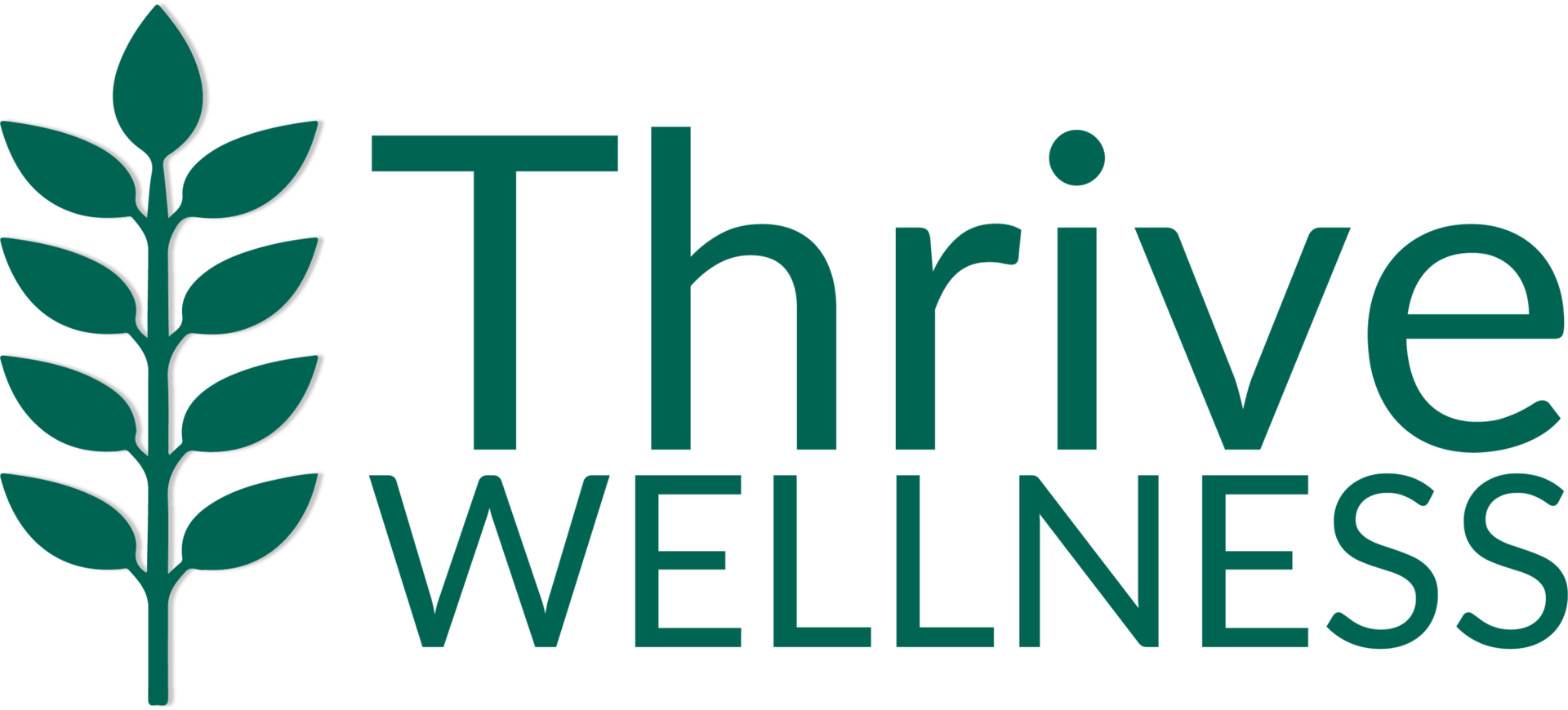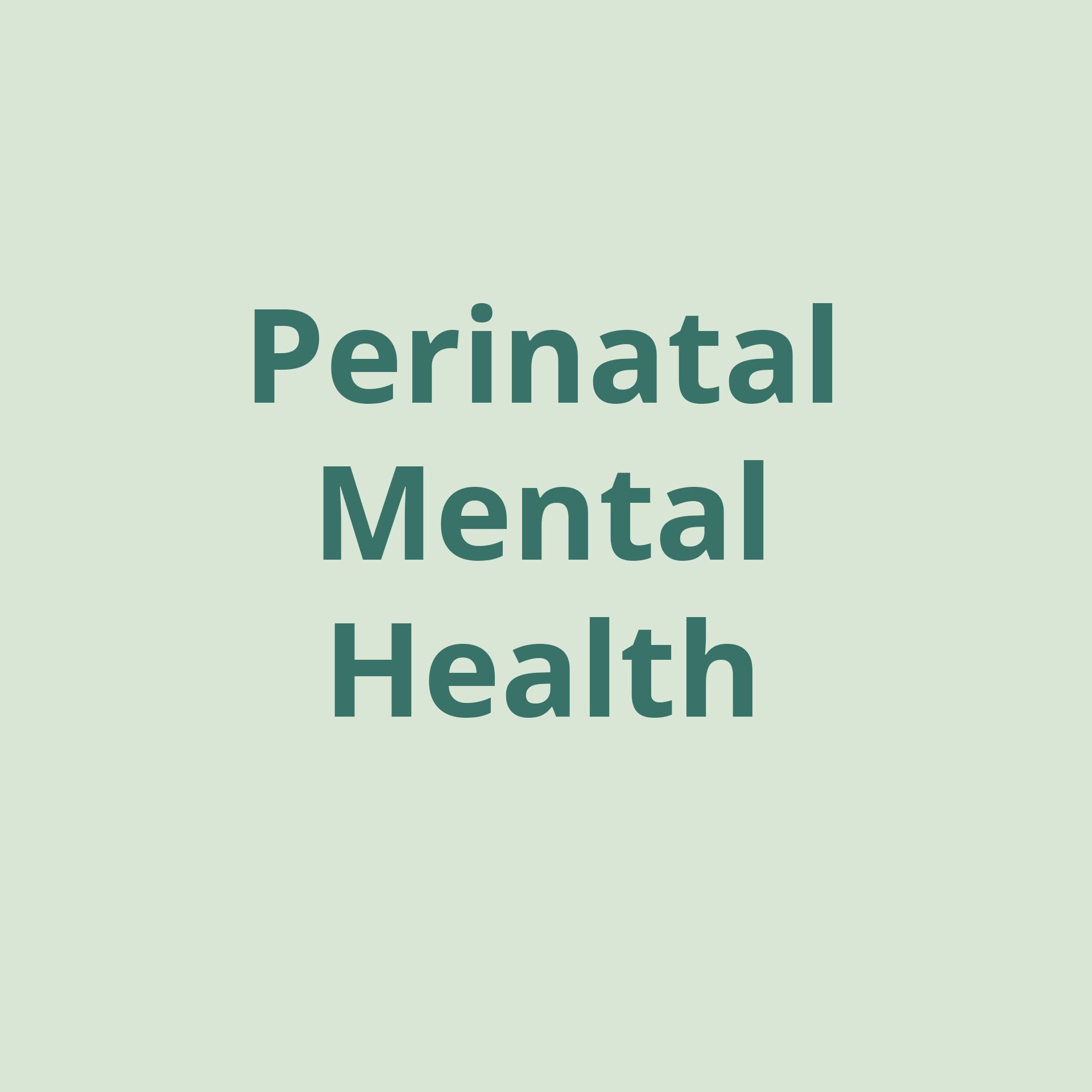Managing Consumer Frustration And Anger Towards Employees Amid Pandemic

Updated
Many Northern Nevadans are pretty irritated, even angry, about longer lines, supply shortages and mask requirements at stores — but should employees bear the brunt of their frustration?
Lately, it’s rare to see a business around town without a help wanted sign and lower staff levels often lead to longer lines, or in Outback Steakhouse’s case, reduced hours of operation.
“We are working harder than ever busier than we have been in two years working with about 20 percent, 30 percent less staff,” said Barry Besold, Managing Partner for the Reno Outback Steakhouse.
Being in a prime location for Hot August Nights, the Outback should be packed or even extending hours. Because of staff shortages, they are having to do the opposite so the employees that remained are not overworked.
“We want to retain them and we don’t want to overwork them and that’s why we made the choice to shut down on Mondays and Tuesdays until we can get them some support.”
Coupled with longer wait times or reduced hours with new mask mandates, many employees around town are finding frustrated customers berating or harassing them.
“There’s been a lot of talk in our restaurants about what has been happening in other restaurants and other businesses in town and it’s a very shocking situation and it’s very concerning to everyone on our staff,” said Besold.
Residents we spoke to today say it’s best to take a step back in these situations.
“Stop, breathe, count to ten and think: what would happen if you were in their shoes? What would you do?” said Thomas Ryan. “Everybody’s got to just relax and take it easy, I mean it’s not going to go away, it’s going to stay here for a while.”
Health professionals say these confrontations are leading to increased cases of severe depression and other mental health issues in numerous fields — which they say, could have direct correlation with the staff shortage many are complaining about.
“It is a deterrent to picking up positions in jobs and it’s a really hard thing for employers as well because they can’t really guarantee that it’s not going to be anxiety provoking,” said Kerstin Trachok, Licensed Clinical Counselor with Thrive Wellness.
“It has a lot to do with it because most people will not work in the public vein because of that reason, they are afraid of a berated customer,” said Ryan.
Trachok says that the cause of this behavior comes from the uncertain and constantly changing times we are currently living in. “When we don’t have a sense of control and we feel out of control, we become afraid and a lot of times fear can lead to anger and resentment and a lot of different emotions.”
The post Managing Consumer Frustration And Anger Towards Employees Amid Pandemic first appeared on Thrive Wellness.








